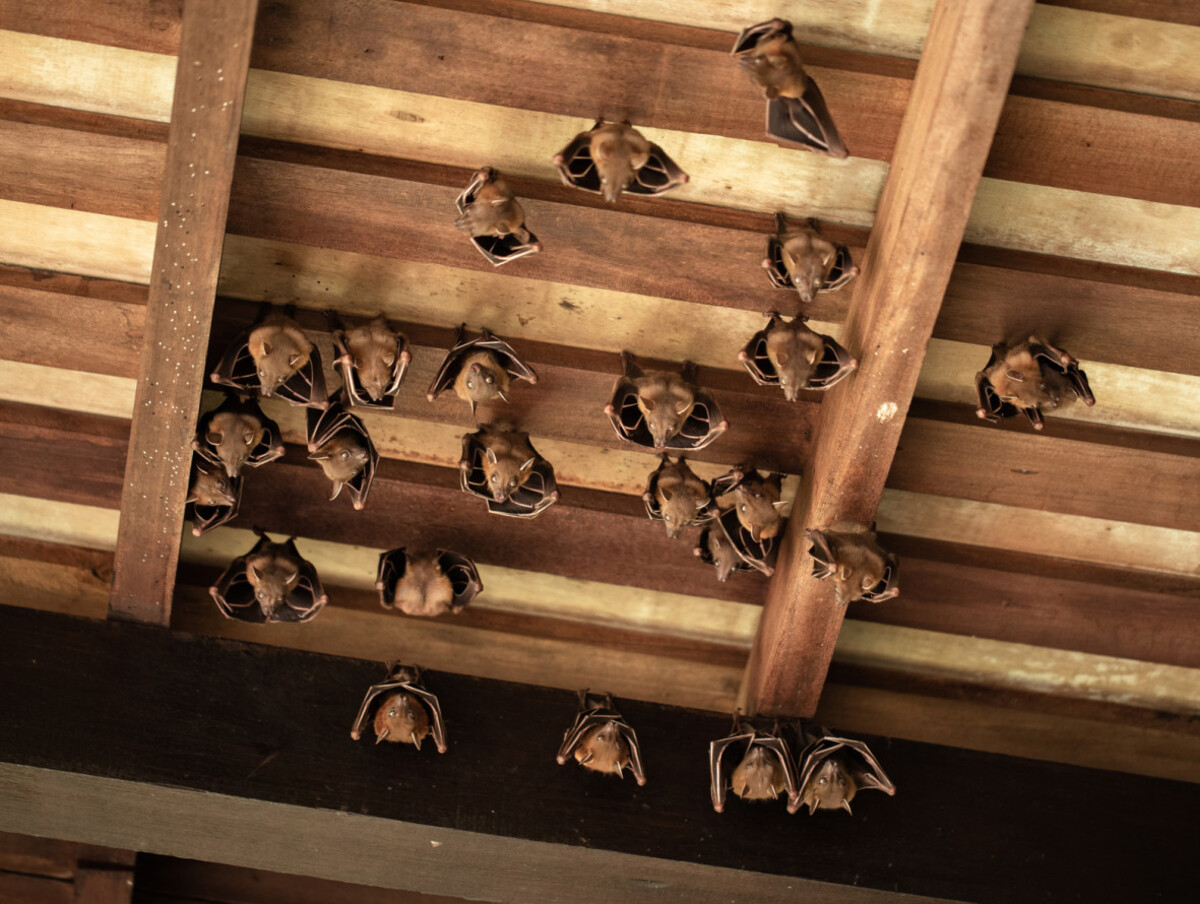

Articles
How Do You Get Bats Out Of Attic
Modified: August 30, 2024
Learn how to safely and effectively remove bats from your attic with our informative articles. Discover proven methods to protect your home and ensure a bat-free environment.
(Many of the links in this article redirect to a specific reviewed product. Your purchase of these products through affiliate links helps to generate commission for Storables.com, at no extra cost. Learn more)
Introduction
Welcome to our comprehensive guide on how to get bats out of your attic. Bats are fascinating creatures that play important roles in ecosystems, such as pollinating plants and controlling insect populations. However, when they take up residence in your attic, they can become a nuisance and pose potential health risks to you and your family.
Understanding the behavior of bats and identifying the signs of their presence in your attic is crucial in effectively dealing with the situation. In this article, we will explore the steps you can take to safely and humanely remove bats from your attic and prevent them from returning.
Bats are nocturnal creatures, meaning they are most active during the night. They are attracted to warm and dark places, making attics an ideal habitat for them. Bats can enter your attic through small openings, such as gaps in the roof, vents, or chimney. Once inside, they seek shelter and roost, often forming colonies with multiple individuals.
While bats are generally harmless, having them in your attic can lead to several problems. First and foremost is the issue of noise. Bats can be quite noisy, especially if they are roosting in large numbers. This can disrupt your sleep and cause unnecessary stress.
Another concern is the accumulation of bat guano, which is their droppings. Bat guano can cause unpleasant odors, stain ceilings and walls, and even promote the growth of mold. Furthermore, exposure to bat guano can pose health risks as it may contain harmful pathogens, such as bacteria and fungi.
Additionally, bats can carry diseases such as rabies. Although the risk of contracting rabies from a bat is relatively low, it is important to exercise caution and avoid direct contact with them.
In dealing with a bat infestation, you have two options: DIY or seeking professional help. If the infestation is minor and you are confident in your abilities, you may choose to handle it yourself. However, if you are unsure or if the infestation is severe, it is recommended to hire a professional wildlife removal service.
In the following sections, we will guide you through the step-by-step process of removing bats from your attic, as well as provide tips for preventing them from re-entering. It is crucial to approach this process with care and avoid harming the bats, as they are important for maintaining ecological balance.
Now that you have a basic understanding of the situation, let’s delve into the signs of bat infestation in your attic and how to address them effectively.
Key Takeaways:
- Safely removing bats from your attic requires understanding their behavior, identifying signs of infestation, and taking prompt action to prevent health risks and property damage.
- Whether opting for DIY or professional help, it’s crucial to approach bat removal with care, respect for wildlife, and adherence to local regulations for humane and effective results.
Read more: How To Get Rid Of Bats In The Attic
Understanding the Behavior of Bats
Before we dive into the process of removing bats from your attic, it’s important to understand their behavior and why they may choose to roost in your home in the first place. By gaining insight into their habits, you can better approach the situation and develop effective strategies to address the issue.
Bats are fascinating creatures known for their ability to fly and navigate in the dark using echolocation. They are nocturnal animals, meaning they are most active during the night. They emerge from their roosts at dusk in search of food, typically insects.
Attics provide an ideal environment for bats to roost as they offer protection from predators and the elements. The warmth and darkness of an attic mimic natural cave environments that bats would typically choose as their roosting sites.
Bats are social animals and often roost in colonies, ranging from a few individuals to thousands depending on the species. Female bats also tend to form maternity colonies in the spring and summer months when they give birth and raise their young.
When choosing a roosting site, bats look for areas with easy access, such as small openings or gaps in the structure. Common entry points include gaps in the roofline, vents, chimneys, and even small cracks or holes in the walls.
Once bats have established a roost in your attic, they can be quite persistent in returning to the same location year after year. This is why it’s crucial to not only remove the bats but also take steps to prevent their re-entry.
It’s important to note that bats are protected in many regions due to their ecological value and declining populations. Killing or harming bats is not only inhumane but may also be illegal. Therefore, it is essential to approach the process of removing bats from your attic with care and respect for these beneficial creatures.
Now that we have a better understanding of bat behavior, it’s time to learn about the signs that indicate a bat infestation in your attic.
Signs of Bat Infestation in Your Attic
Identifying the signs of a bat infestation in your attic is crucial in order to take timely action and address the problem effectively. Here are some common signs that indicate the presence of bats:
- Droppings (guano): One of the most obvious signs of a bat infestation is the presence of bat droppings, also known as guano. Bat guano is similar in appearance to mouse droppings but has a shiny, crystalline texture. It is usually found in piles near the roosting area and may accumulate over time.
- Stains: Another telltale sign of bats in your attic is the presence of dark stains or streaks on the surfaces, such as walls or ceilings. These stains are caused by the oils and dirt on the bats’ fur as they enter and exit the roosting area.
- Strange odor: Bats can produce a distinctive musky odor, especially when their population is large. If you notice a strong, unpleasant smell in your attic, it could be an indication of a bat infestation.
- Noise: Bats are usually active at night, so you might hear scratching, chirping, or squeaking sounds coming from your attic during the evening or early morning hours. It’s important to note that while bats are generally quiet, the noise might increase if the infestation is severe.
- Visible bats: In some cases, you may observe bats flying into or out of your home, particularly around twilight when they are most active. You might also notice bats clinging to the exterior walls of your house or nearby trees.
- Entry points: Inspecting the exterior of your home for potential entry points can help confirm a bat infestation. Look for gaps or cracks in the roofline, loose or damaged vents, and any openings that might provide access for bats.
- Roosting spots: Bats prefer dark and secluded areas to roost during the day. Therefore, carefully inspect your attic for signs of bat roosting, such as dark staining on the walls or ceiling, accumulated guano, or damaged insulation caused by the bats’ activities.
If you notice any of these signs, it is crucial to take action promptly to address the bat infestation in your attic. Leaving the problem unattended can lead to further damage and potential health risks for you and your family.
Now that you know how to identify the signs of a bat infestation, it’s essential to understand the risks and dangers associated with having bats in your attic. We will explore these in the next section.
Risks and Dangers of Having Bats in Your Attic
While bats play a crucial role in maintaining ecosystem balance, having them take up residence in your attic can pose certain risks and dangers. It’s important to be aware of these potential hazards and take appropriate steps to address the situation. Here are some risks associated with having bats in your attic:
- Health concerns: Bats can carry various pathogens and diseases, including rabies and histoplasmosis. Although the risk of contracting these diseases from bats is relatively low, it is still important to exercise caution. Direct contact with bat droppings (guano) or inhaling airborne spores from contaminated areas can lead to health issues. Individuals with compromised immune systems or respiratory conditions are particularly vulnerable.
- Property damage: Accumulated bat droppings, known as guano, can cause damage to your attic and its contents. As guano builds up over time, it can stain and deteriorate insulation, ceiling tiles, and other materials. It can also emit a strong odor that permeates your living space and becomes difficult to remove.
- Structural damage: Bats may create entry points in your attic by squeezing through small cracks, gaps, or weak spots. Over time, their activity can widen these openings, potentially causing structural damage to your home. This can compromise the integrity of your roof and lead to water leaks, pest entry, and increased energy costs.
- Fire hazards: Bats are active creatures, and their movement within your attic may disrupt electrical wiring. This can lead to exposed wires or shorts, increasing the risk of electrical fires. Additionally, the accumulation of guano is highly flammable and can pose a fire hazard if it comes into contact with heat sources.
- Noise and disturbances: Bats in your attic can create noise, especially during their active period at night. The sounds of scratching, squeaking, or flapping wings can disrupt your sleep and daily activities, leading to stress and annoyance.
- Allergies and respiratory issues: Bat guano can release spores that can trigger allergies and respiratory problems in sensitive individuals. Breathing in these spores can lead to symptoms such as coughing, wheezing, sneezing, and itchy or watery eyes.
It’s important to address these risks and dangers promptly to ensure the safety and well-being of your household. In the following sections, we will discuss the options available for removing bats from your attic and preventing them from re-entering.
Next, we will explore whether you should tackle the bat removal process on your own or seek professional help.
Assessing the Situation: DIY or Professional Help?
When it comes to removing bats from your attic, you have two options: tackling the task yourself or seeking professional help. Whether you choose to go the DIY route or opt for professional assistance, it’s important to assess the situation and make an informed decision.
DIY: Removing bats from your attic on your own can be a viable option if the infestation is minor and you feel confident in your abilities. However, it’s crucial to understand that dealing with bats requires caution and adherence to local regulations regarding their protection.
Here are some key factors to consider before attempting a DIY bat removal:
- Knowledge and experience: Do you have a good understanding of bat behavior and the necessary techniques for safely removing them? It’s important to be properly informed and prepared to avoid causing harm to yourself or the bats.
- Safety precautions: Are you equipped with the necessary safety gear, such as gloves and a face mask, to protect yourself from potential health risks associated with bat droppings? Taking proper safety precautions is vital during the removal process.
- Legal considerations: Familiarize yourself with local laws and regulations regarding the removal of bats. In some regions, bats are protected species, and it may be illegal to harm or kill them. Make sure you adhere to these regulations to avoid any legal consequences.
- Tools and resources: Do you have the appropriate tools and resources for bat removal, such as a bat exclusion device or a one-way bat valve? These tools can help safely guide the bats out of your attic while preventing their re-entry.
- Time and effort: Bat removal can be a time-consuming and challenging process. Consider whether you have the patience, dedication, and availability to devote to removing the bats from your attic while ensuring their safe relocation.
Professional help: If the bat infestation is severe, or if you lack the necessary knowledge, experience, or resources, it’s highly recommended to seek professional help. Wildlife removal experts specialize in humane bat removal practices and have the expertise to handle the situation safely and effectively.
Here are some advantages of hiring a professional wildlife removal service:
- Expertise and experience: Wildlife removal professionals are trained in bat removal techniques and have extensive experience in dealing with bat infestations. They can assess the situation, provide personalized recommendations, and apply proven methods for effective removal.
- Equipment and resources: Professionals have the necessary tools, equipment, and resources to safely and efficiently remove bats from your attic. They can also assist in sealing entry points to prevent re-entry and provide guidance on long-term bat prevention strategies.
- Safety and legal compliance: By hiring professionals, you can ensure your safety and compliance with local laws and regulations. They are knowledgeable about the legal aspects of bat removal and follow ethical practices to protect both you and the bats.
- Reduced stress and effort: Leaving the bat removal process in the hands of professionals can alleviate the stress and effort associated with dealing with a bat infestation. You can focus on other aspects of your life while experts efficiently resolve the problem.
Ultimately, the choice between DIY and professional help depends on the severity of the infestation, your comfort level, and your ability to meet the necessary requirements for safe and ethical bat removal.
In the next sections, we will discuss the step-by-step process for removing bats from your attic and preventing their re-entry.
Seal all entry points except the main one at dusk when bats leave to feed. Install a one-way exclusion device to allow them to exit but not re-enter.
Removing Bats from Your Attic: Step-by-Step Guide
Removing bats from your attic requires a systematic approach to ensure their safe and humane removal. While the specific steps may vary depending on the situation, here is a general guide to help you through the process:
- Evaluate the infestation: Begin by assessing the extent of the bat infestation in your attic. Take note of the number of bats, their behavior, and the entry and exit points they are using.
- Inspect the attic: Carefully inspect your attic for any potential entry points that bats are using to access your home. Look for gaps, cracks, and openings in the roofline, vents, and other areas. Seal off any visible points of entry except for the primary exit point.
- Choose the right time: Bats are nocturnal animals, so it’s essential to choose the right time for bat removal. Begin the process in the late summer or early fall, when the baby bats have grown and can fly.
- Install a one-way exclusion device: Install a one-way exclusion device, such as a bat valve or netting, at the primary exit point. This device allows the bats to exit the attic but prevents them from re-entering.
- Observe and monitor: Leave the exclusion device in place for several nights, allowing the bats to exit but prevent their re-entry. Monitor the area to ensure that all bats have successfully exited the attic.
- Seal off entry points: Once you are confident that all bats have left the attic, seal off all entry points to prevent their return. Use sealant or other appropriate materials to close up gaps and cracks. Ensure that the seals are secure and durable.
- Clean and sanitize: After the bats have been removed, thoroughly clean and sanitize your attic space. Use appropriate protective equipment, such as gloves and masks, as bat guano may contain pathogens. Remove any accumulated guano and disinfect the area to eliminate odors and potential health risks.
- Maintain bat prevention methods: To prevent future bat infestations, implement preventive measures, such as regular inspection of your home’s exterior, maintaining a well-sealed attic, and installing bat deterrents, such as sound or visual devices.
- Consider professional assistance: If you are unsure or uncomfortable with the bat removal process, it is recommended to seek professional help. Wildlife removal experts can ensure a safe and effective removal while adhering to legal and ethical guidelines.
Remember, it is important to handle bat removal with care and respect, as these creatures play a vital role in the ecosystem. By following these steps, you can successfully remove bats from your attic and minimize the risk of future infestations.
Next, we will discuss preventive measures to keep bats from re-entering your attic.
Preventing Bats from Re-Entering Your Attic
After successfully removing bats from your attic, it’s crucial to take preventive measures to ensure they do not re-enter. Here are some steps you can take to prevent bats from returning to your attic:
- Seal entry points: Inspect the exterior of your home for any remaining or potential entry points. Seal off gaps, cracks, and openings using caulk, mesh, or other appropriate materials. Pay close attention to areas where pipes, vents, and wires enter your home.
- Install bat cones or netting: Consider installing bat cones or netting over entry points as a deterrent. These devices allow bats to exit but make it difficult for them to re-enter. Check with local wildlife regulations to ensure you are using approved methods.
- Trim tree branches: If tree branches are providing easy access for bats to your roof or attic, trim them back to make it more challenging for bats to reach your home.
- Install chimney caps and vent covers: Ensure that your chimney is capped and that all vents are securely covered with mesh or screens to prevent bats from entering through these openings.
- Maintain a well-sealed attic: Regularly inspect your attic for any new openings or signs of damage. Repair or replace damaged insulation, roof tiles, and screens promptly to maintain a well-sealed attic.
- Use bat deterrents: Consider using bat deterrent devices, such as high-frequency sound emitters or bright lights, in and around your attic. These deterrents can help discourage bats from roosting in your home.
- Keep exterior lights off: Bats are attracted to insects, so keeping exterior lights turned off at night can help reduce the insect population and make your home less appealing to bats.
- Maintain good attic ventilation: Proper ventilation in your attic can help create an unfavorable environment for bats. Ensure that vents are open and unobstructed, providing proper airflow.
- Consult with professionals: If you are uncertain about any preventive measures or if you experience persistent bat issues, consult with wildlife removal professionals. They can provide expert advice tailored to your specific situation.
By implementing these preventive measures, you can significantly reduce the likelihood of bats returning to your attic. It’s important to remain vigilant and periodically inspect your home’s exterior to ensure that any new entry points are promptly addressed.
However, always remember to adhere to local regulations and ethical practices when dealing with bats. They are important contributors to the ecosystem and should be treated with respect and conservation in mind.
Finally, let’s conclude our guide on removing bats from your attic and preventing future infestations.
Long-Term Solutions for Bat Prevention
While taking immediate steps to remove bats from your attic is crucial, it’s equally important to implement long-term solutions to prevent future bat infestations. Here are some effective strategies for long-term bat prevention:
- Regular inspections: Conduct regular inspections of both the exterior and interior of your home to identify and address potential entry points. Look for any signs of wear, gaps, or cracks that could provide access to bats.
- Seal off all entry points: Ensure that all openings in the structure of your home are tightly sealed. Use caulk, mesh, or foam insulation to close off gaps and cracks that bats could use as entry points.
- Secure attic vents: Install appropriate mesh or screens over attic vents to prevent bats from entering. Ensure that the screens are secured and in good condition.
- Trim vegetation: Trim tree branches, bushes, and other vegetation near your home. By keeping vegetation away from your roofline, you reduce the chances of bats using them as pathways to your attic.
- Install chimney caps: Place chimney caps on all chimney openings to prevent bats from entering your home through these access points.
- Maintain good attic ventilation: Ensure proper ventilation in your attic with functioning vents. Good airflow can help create an inhospitable environment for bats by reducing humidity and keeping the space well-ventilated.
- Utilize bat houses: Consider installing bat houses on your property as an alternative roosting spot for bats. This provides them with a suitable habitat away from your home, encouraging them to seek shelter there instead.
- Practice insect control: Minimize the presence of insects around your home by practicing effective pest control. Reduce standing water, keep garbage bins tightly sealed, and eliminate potential sources of food that attract insects and, subsequently, bats.
- Educate your neighbors: Bats often roost in nearby areas, so it’s beneficial to educate your neighbors about bat conservation and prevention methods. Encouraging collective efforts in bat-friendly practices can help reduce the overall bat population near your home.
- Work with professionals: Consulting with wildlife removal professionals can provide valuable guidance in implementing effective long-term bat prevention strategies. They have the knowledge, experience, and tools to help safeguard your home against future infestations.
By implementing these long-term solutions for bat prevention, you can minimize the risk of bats returning to your attic and ensure a bat-free environment in the long run. Regular maintenance and vigilance are key to maintaining a bat-free home.
We hope that this comprehensive guide has provided you with the necessary information and guidance to successfully remove bats from your attic and prevent future infestations. Remember, bats are an essential part of our ecosystem, so it’s important to handle their removal with care and respect.
If you are uncertain or uncomfortable with the bat removal process, it is always recommended to seek professional assistance to ensure a safe and ethical outcome for both you and the bats.
Good luck in your bat removal journey!
Conclusion
Dealing with bats in your attic can be a challenging and potentially risky situation. However, with the right knowledge and approach, you can safely and effectively remove bats from your attic and prevent future infestations.
In this comprehensive guide, we have explored the behavior of bats, identified signs of bat infestation, discussed the risks and dangers of having bats in your attic, and provided a step-by-step guide for their removal. We have also discussed preventive measures to ensure bats do not re-enter your attic and offered long-term strategies for bat prevention.
Whether you choose to take on the bat removal process yourself or seek professional help, it’s crucial to approach the situation with care and respect for these invaluable creatures. Bats play a vital role in maintaining the ecological balance by pollinating plants and controlling insect populations.
Remember to adhere to local regulations regarding the protection of bats and employ humane techniques during the removal process. Bat conservation and preservation should be at the forefront of our efforts.
By sealing off entry points, maintaining a well-ventilated attic, and implementing bat deterrent strategies, you can minimize the chances of bats returning to your home. Regular inspections and ongoing vigilance are essential to ensure your home remains bat-free in the long run.
If you are uncertain or uncomfortable with the bat removal process, it is recommended to seek professional assistance. Wildlife removal experts have the expertise and resources to safely and effectively handle bat infestations while adhering to legal and ethical guidelines.
Thank you for taking the time to learn about how to get bats out of your attic. We hope that this guide has been informative and helpful in addressing your bat infestation concerns.
Remember, bats are valuable contributors to the ecosystem, and by handling their removal and prevention responsibly, we can coexist harmoniously with these fascinating creatures.
Good luck in your efforts to reclaim your attic space and maintain a bat-free home!
Frequently Asked Questions about How Do You Get Bats Out Of Attic
Was this page helpful?
At Storables.com, we guarantee accurate and reliable information. Our content, validated by Expert Board Contributors, is crafted following stringent Editorial Policies. We're committed to providing you with well-researched, expert-backed insights for all your informational needs.
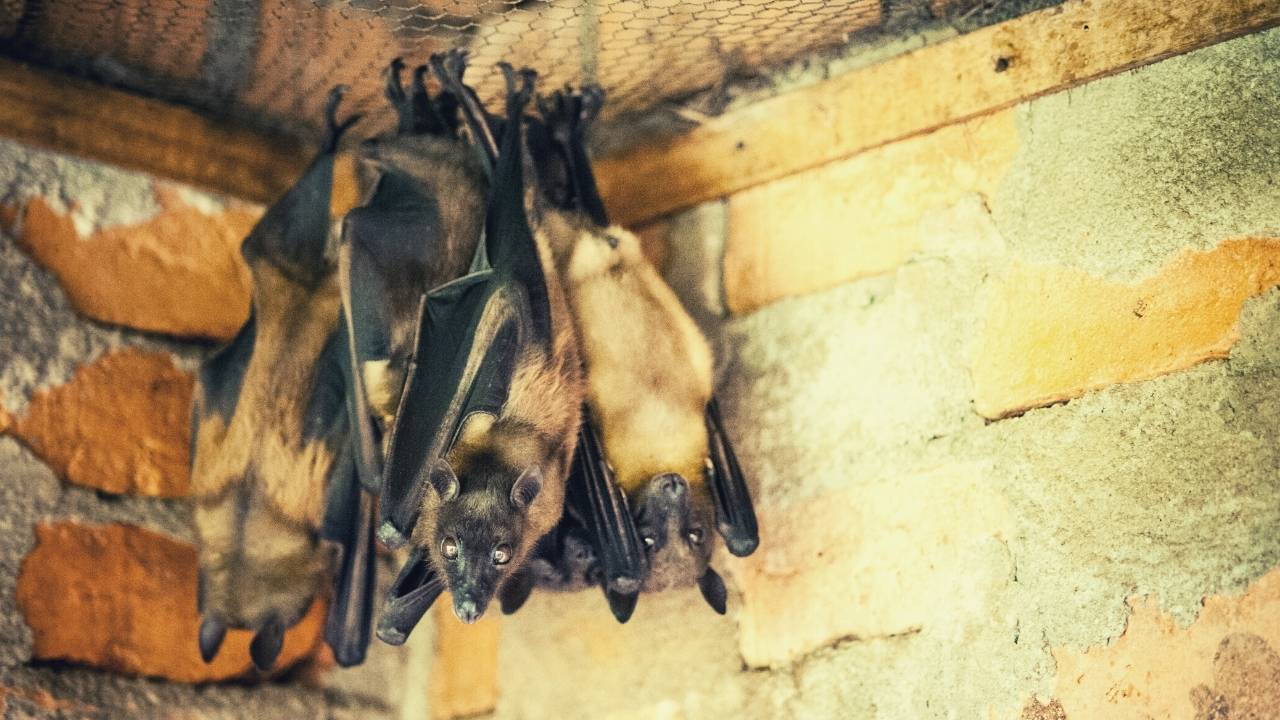
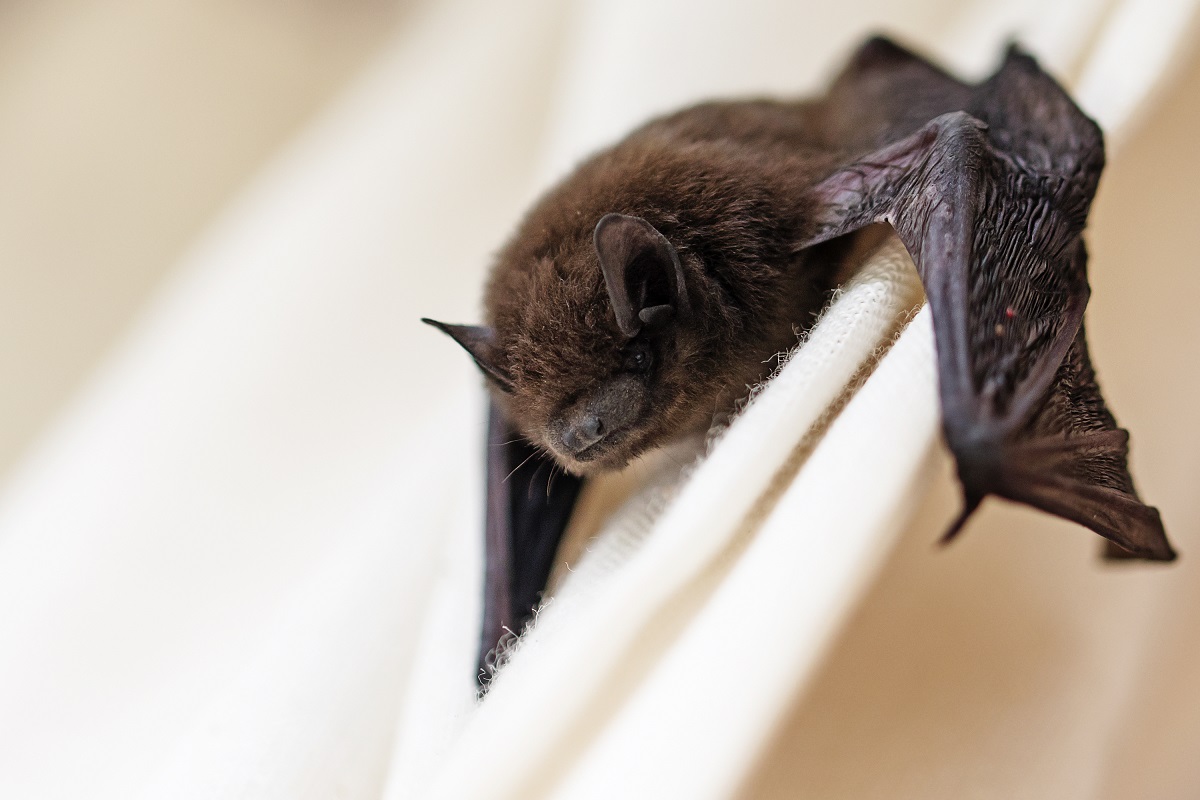
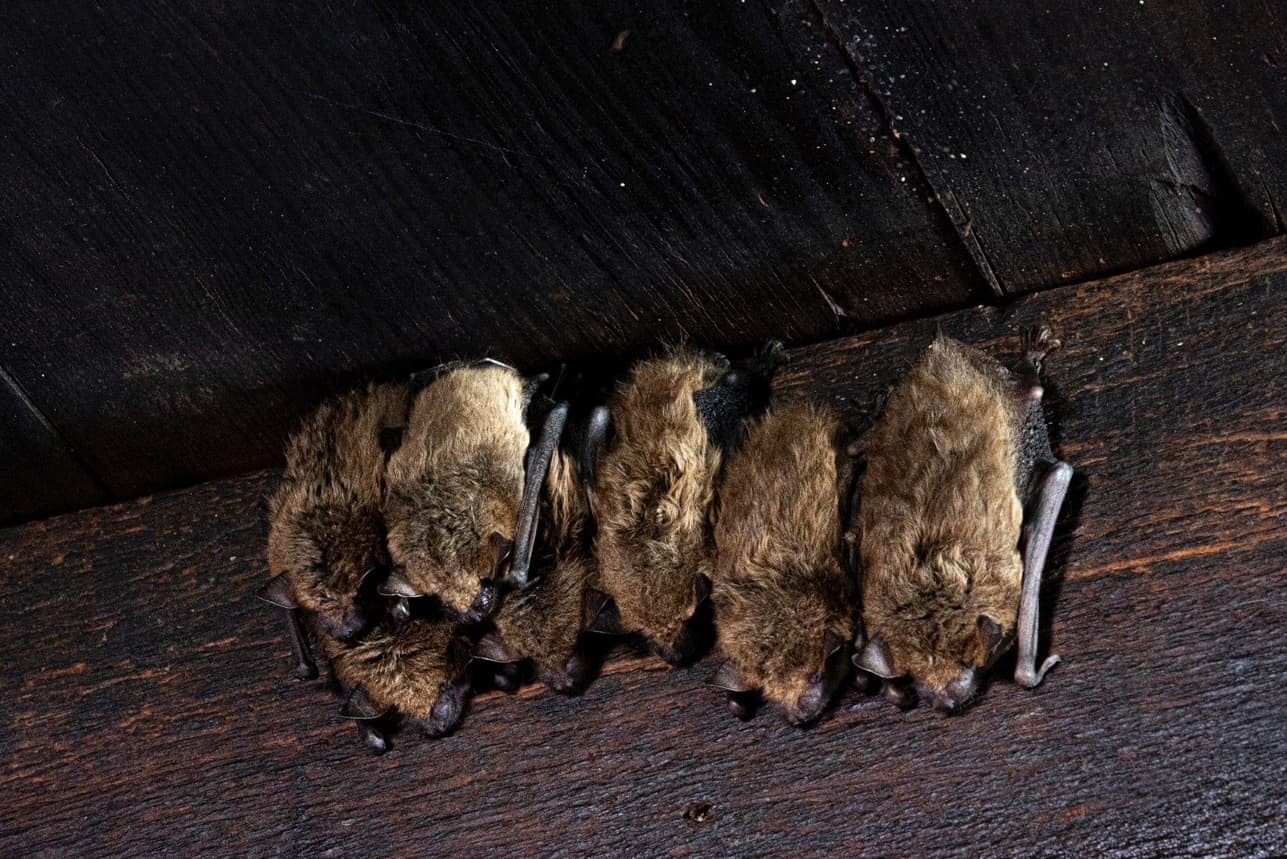
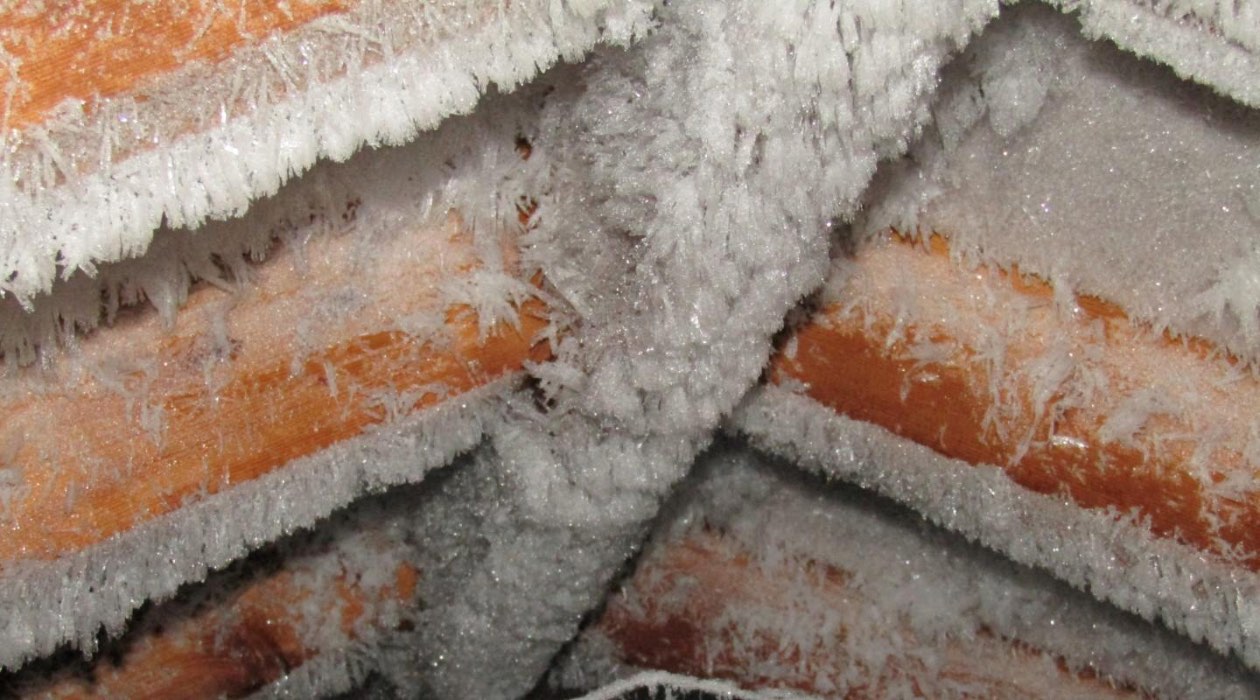
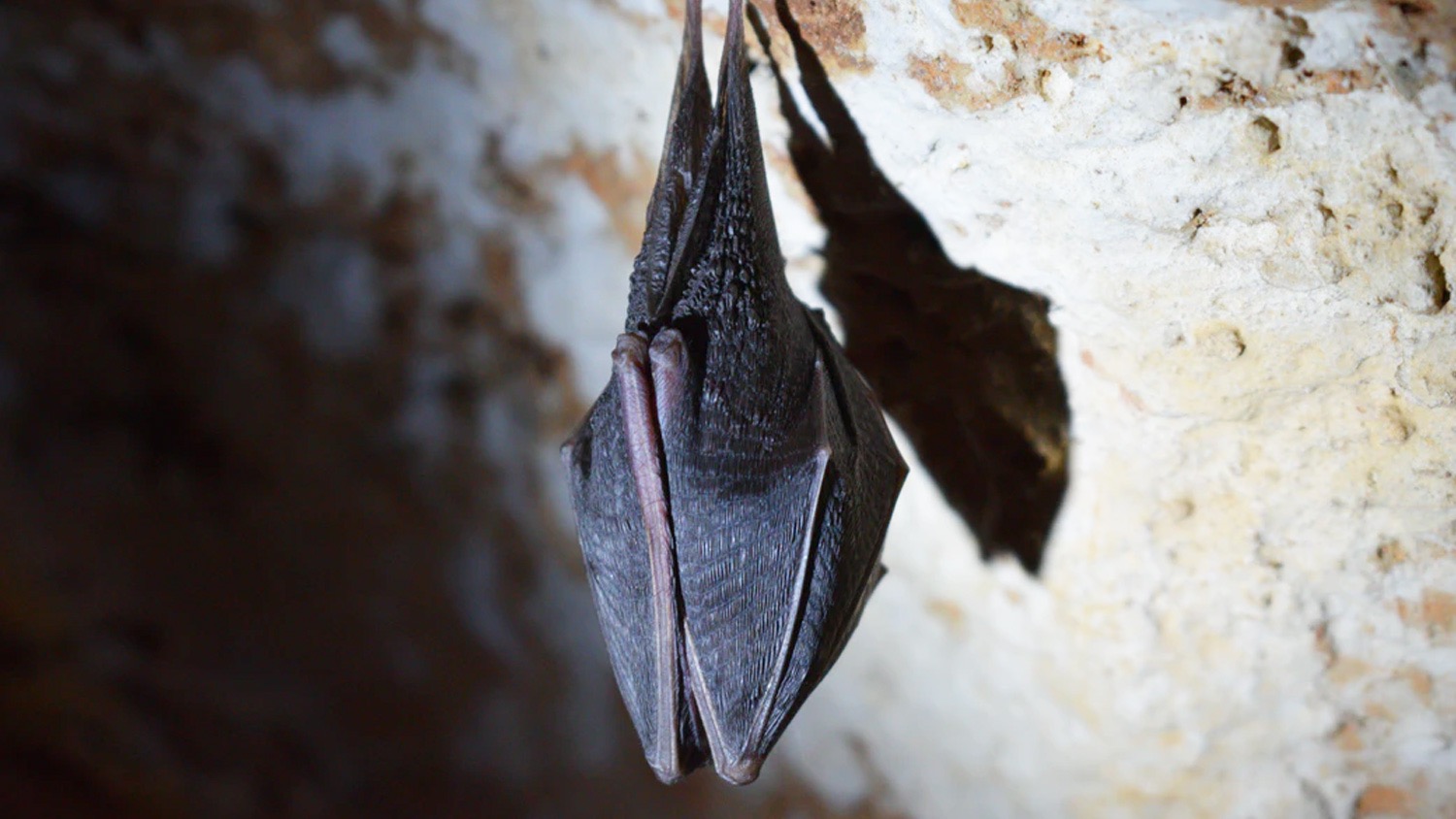
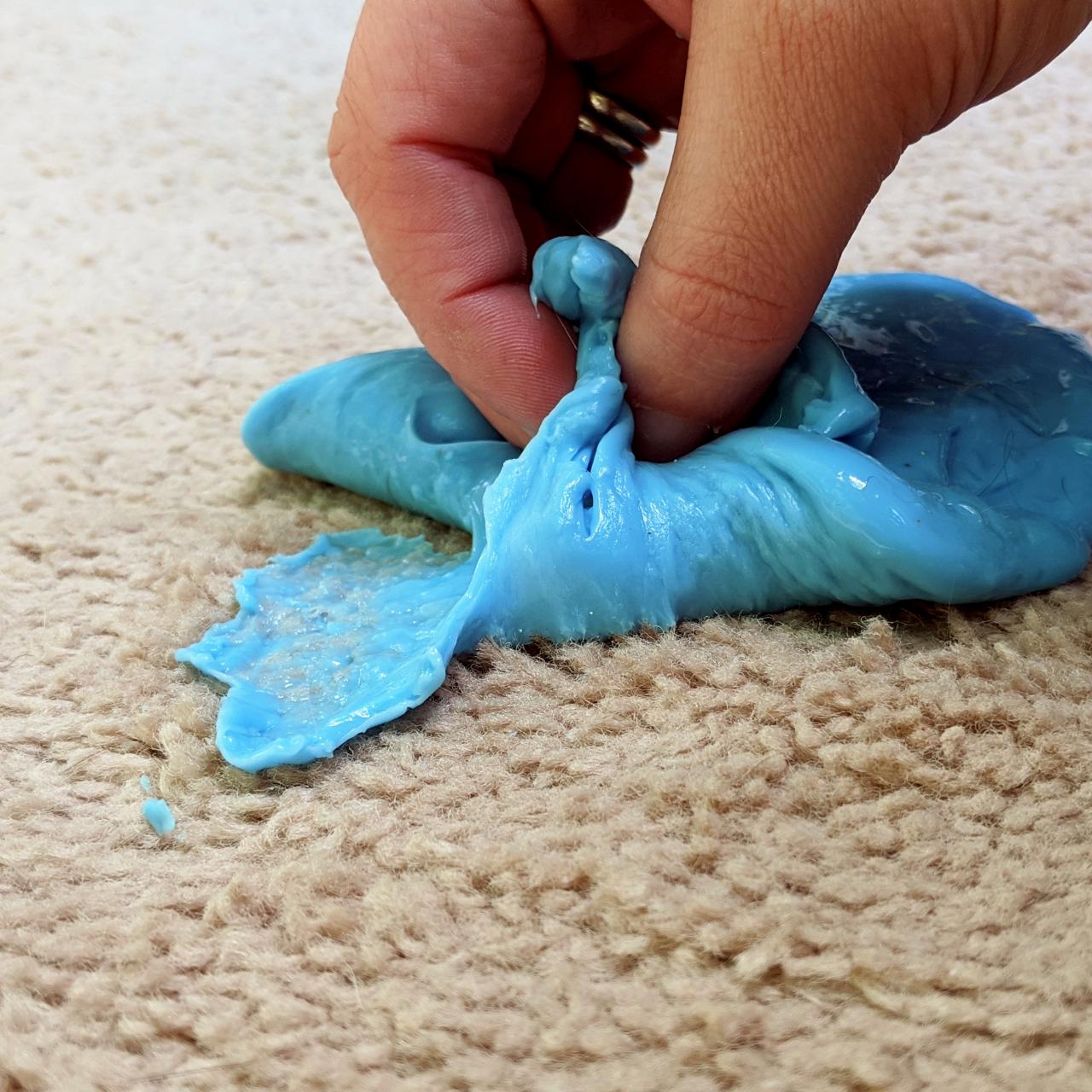

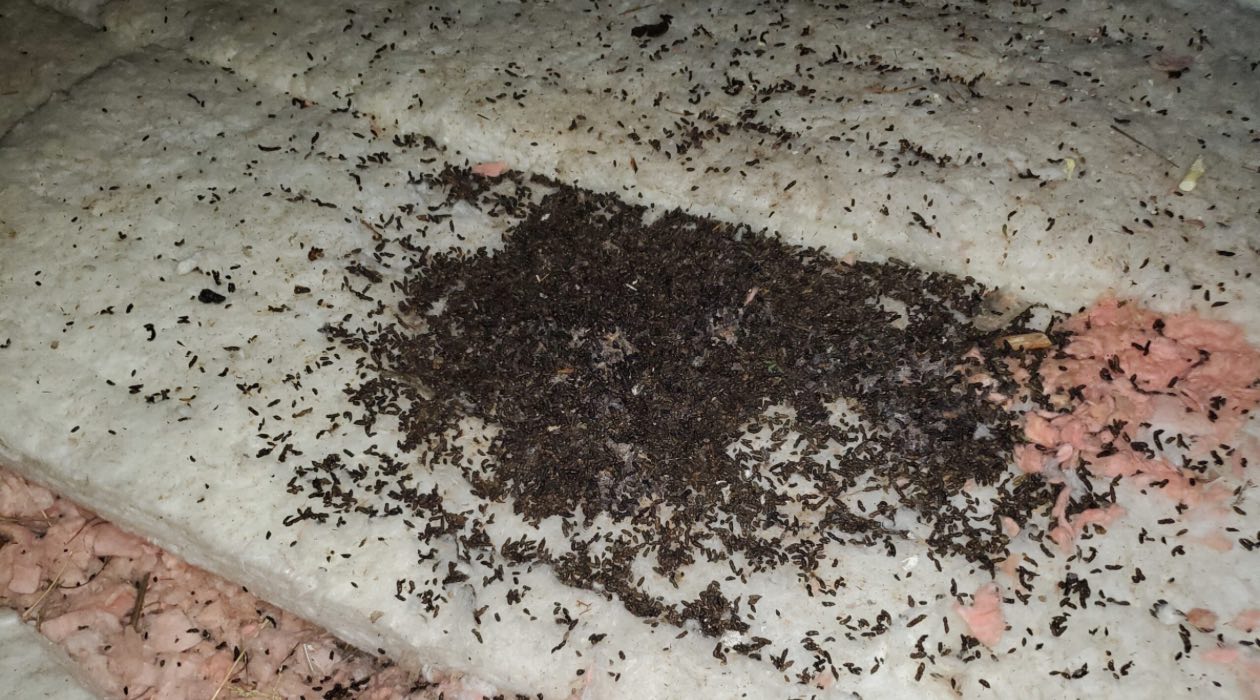
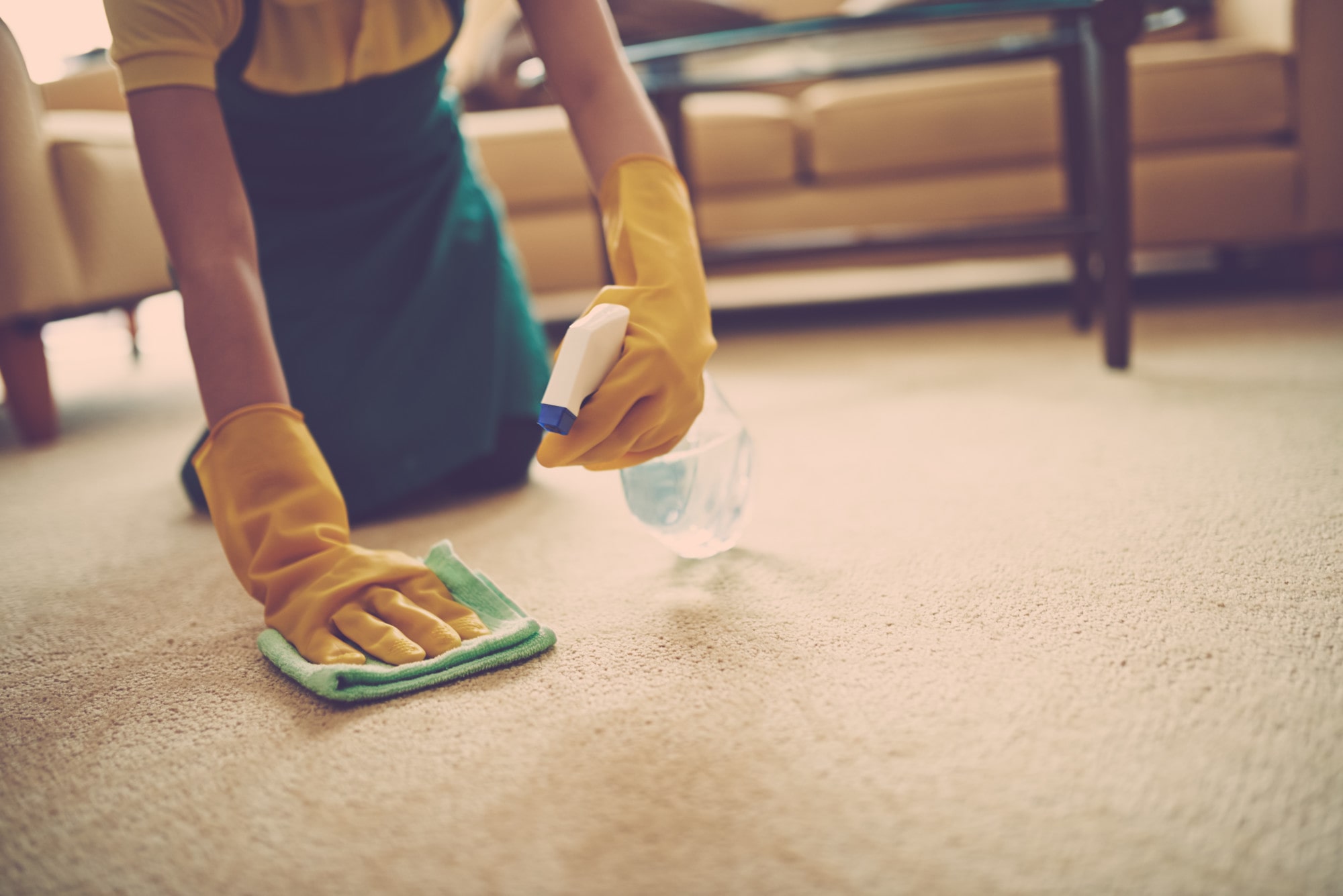


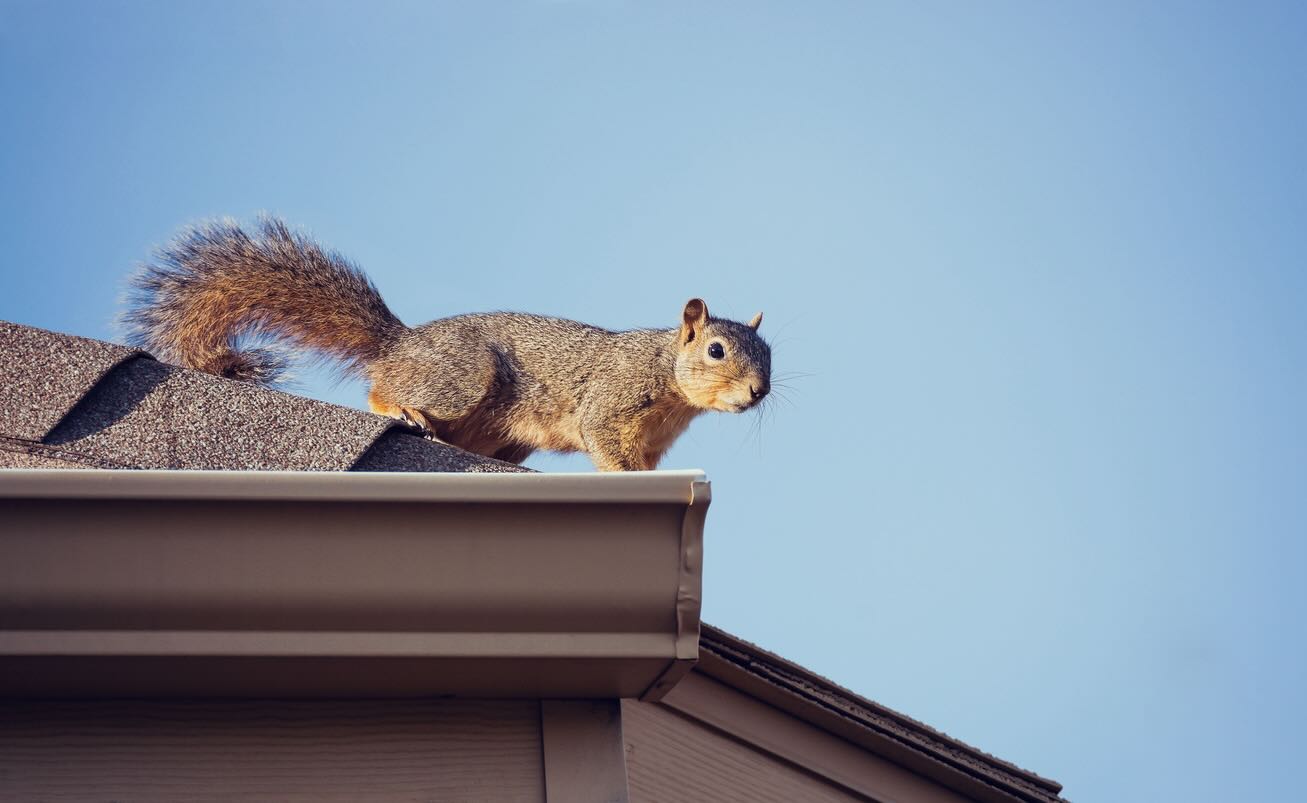
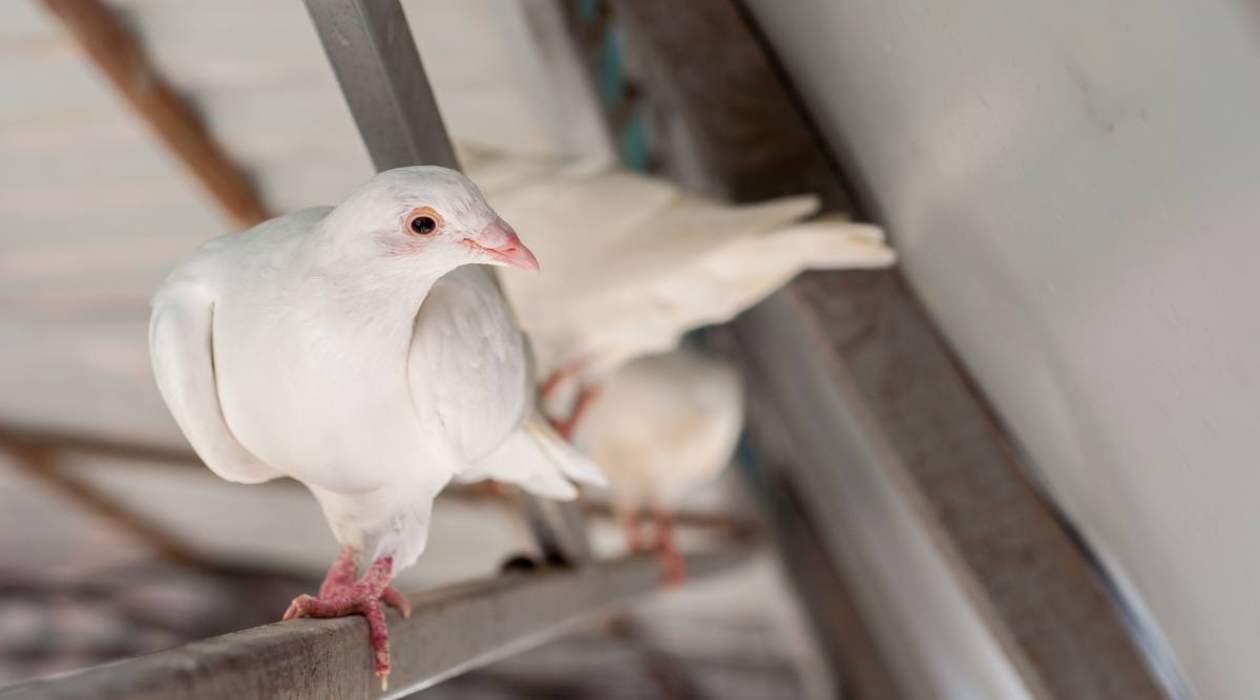
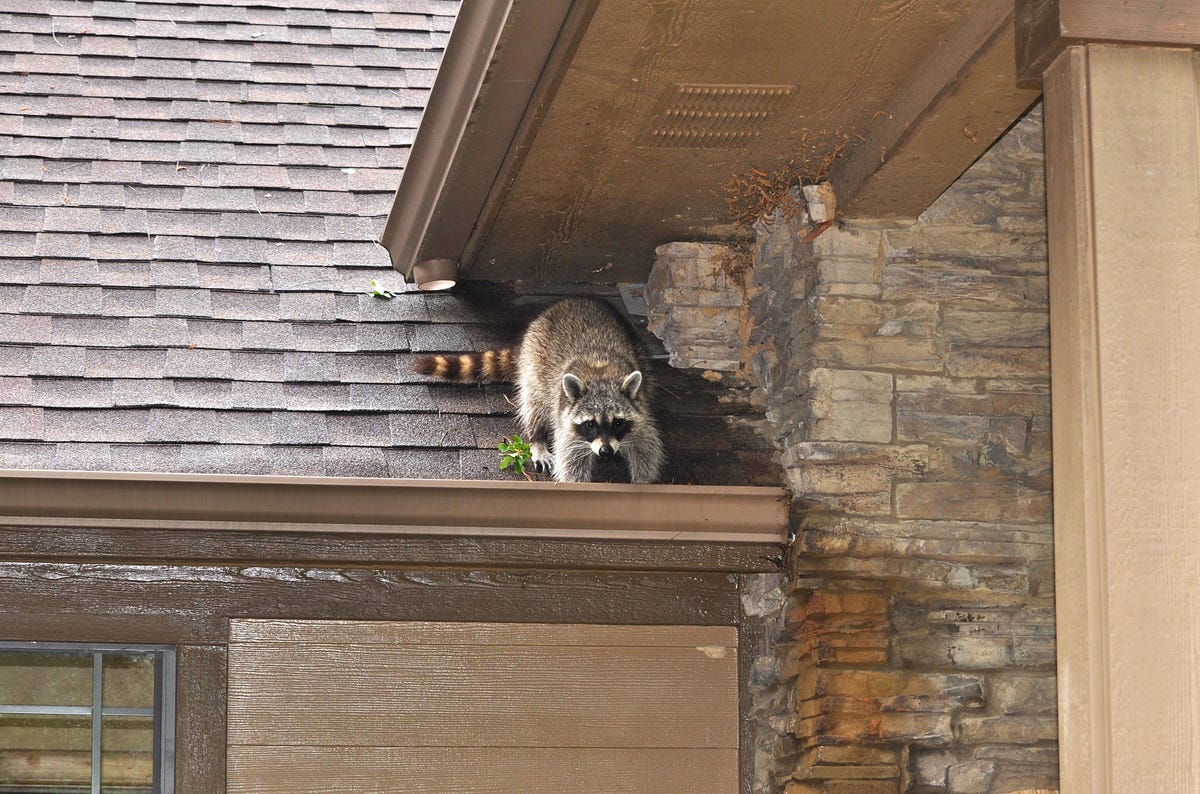

0 thoughts on “How Do You Get Bats Out Of Attic”